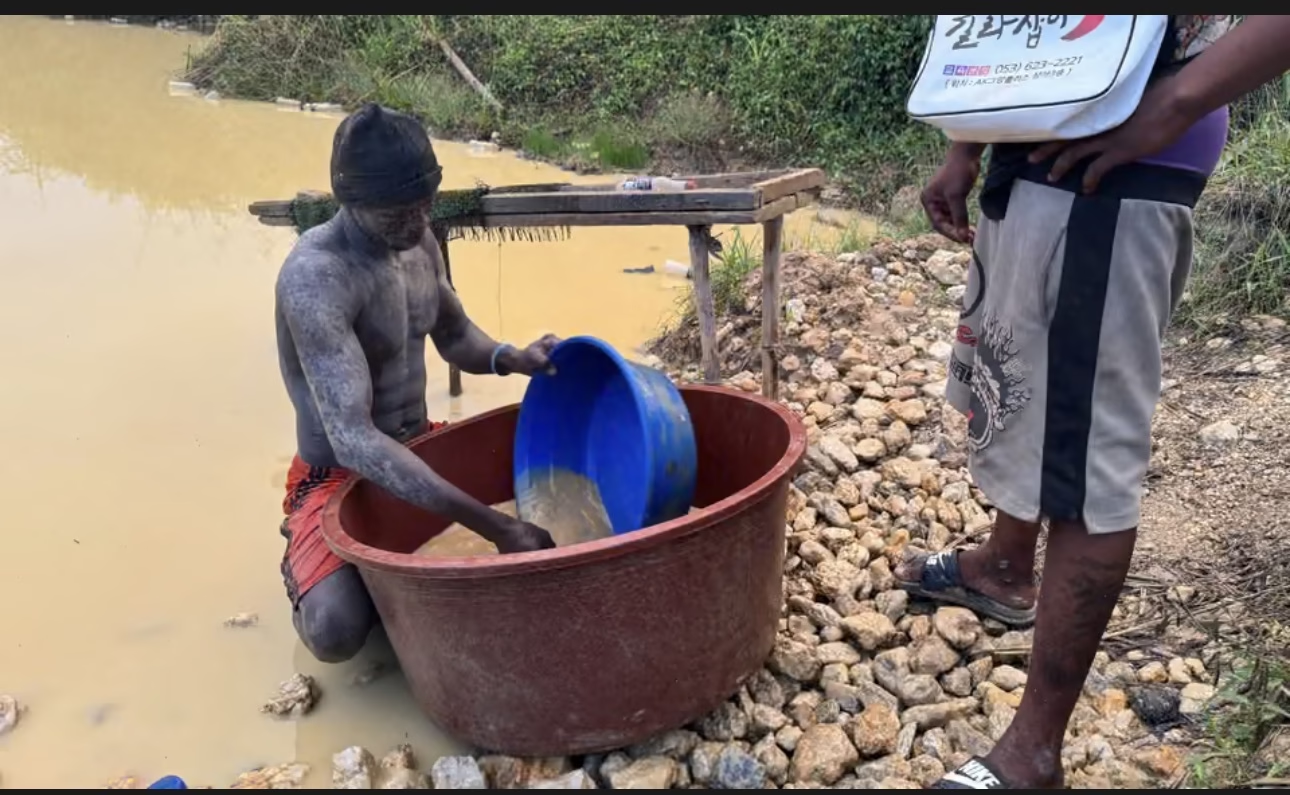Ghana Sees Sharp Hike in Utility Charges, Blamed on Galamsey — Public Outcry Ensues

Ghana is currently witnessing a storm of controversy as utility providers push for steep increases in water and electricity tariffs—some proposals nearing 200–280 percent—citing the devastating effects of illegal small-scale mining (galamsey) on infrastructure and water resources. The moves have triggered backlash from consumers, civil society, and stakeholder groups already burdened by high costs of living.
Galamsey: The Justification for Skyrocketing Costs
Ghana Water Company Limited (GWCL) has formally requested a 280 percent increase in water tariffs. The company says rampant pollution of rivers and streams by galamsey operations has raised its treatment costs dramatically. In public hearings, GWCL officials explained that excessive turbidity demands greater usage of chemicals (e.g. alum, lime), frequent dredging, and more repair work on damaged equipment.
At one public session, a GWCL representative asserted the current rate of GHS 5 per cubic meter is no longer sustainable, proposing a rate of GHS 20 to keep the company solvent. Meanwhile, the Electricity Company of Ghana (ECG) is pushing for a sharp increase in its Distribution Service Charge (DSC1), presenting proposals of ~225 percent incremental raise.
ECG attributes part of its cost pressures to infrastructure damage in mining zones: poles uprooted, weakened bases in trenches, and cascading line collapses when pits are dug near distribution corridors. The company claims extensive “unserved energy” (power bought but not deliverable) and high repair costs justify the hike.
Public Outcry: Too Much, Too Soon?
The proposals have met fierce opposition. In Cape Coast, stakeholders including hoteliers, traders, artisans and ordinary citizens lambasted the proposed increments as excessive, questioning why consumers should shoulder costs without seeing reliable service improvements.
One entrepreneur warned:
“These constant increments kill entrepreneurship and make it difficult for us to grow.”
In Koforidua, residents urged utility firms to first tackle internal inefficiencies, revenue leakages, corruption, and operational mismanagement before imposing steep hikes on households.
Critics also note the cumulative burden: government wages and salaries have not kept pace with inflation, making large tariff surcharges almost impossible for many low- and middle-income households to absorb.
PURC Responds: Balancing Acts Under Pressure
The Public Utilities Regulatory Commission (PURC), which must approve any tariff change, has defended its approach, saying it must weigh consumer interest with utility sustainability. Dr. Eric Obutey, Director of Research & Corporate Affairs at PURC, reaffirmed that tariff setting is both a science (based on cost data) and an art (considering social and economic impacts).
Obutey added that while many proposals exceed 200 percent, the PURC does not rubber-stamp them; only those adjustments with credible justification pass. He also noted a legislative constraint: Ghana’s tariff framework uses a “postage stamp” (uniform) pricing system, so regional cost differences (e.g. in mining zones) cannot automatically lead to higher regional rates without legal reform.
The final adjusted rates are expected by mid-November and would take effect in January 2026.
The Bigger Picture: Galamsey’s Hidden Cost
Ghana’s “galamsey” menace is already widely recognized for its environmental and social toll—polluted rivers, destroyed farmlands, mercury contamination, lost agricultural revenues, and health hazards. The new tariff debate draws attention to another dimension: the indirect economic cost to utility systems and ordinary citizens.
The irony is bitter: those who pollute water bodies and damage infrastructure indirectly compel the rest to pay more for clean water and stable electricity. Many argue that the operators of illegal mining should be held liable, fined heavily, or required to contribute to a repair fund.
What’s Next & What To Watch
- Final Tariff Decision
The PURC’s approved rates will be key. Whether they approve full requests, partial ones, or moderate them significantly will shape public trust. - Accountability Measures
Will the government and regulators clamp down on illegal mining more aggressively? Will a mechanism be established to force polluters to pay for damages to utilities? - Support for Vulnerable Households
If hikes come, there must be tariff relief, lifeline rates, or subsidies for low-income households, especially those already struggling. - Operational Reforms in Utilities
Many critics demand that ECG, GWCL and others fix internal leakages, reduce losses, cut corruption, and improve efficiency before passing costs to consumers. - Legal & Regulatory Reform
The “uniform pricing” model may need revision, so areas with higher production costs (due to damage, terrain, pollution) can be assessed differently under a fair, transparent system.
Nsemgh.com

